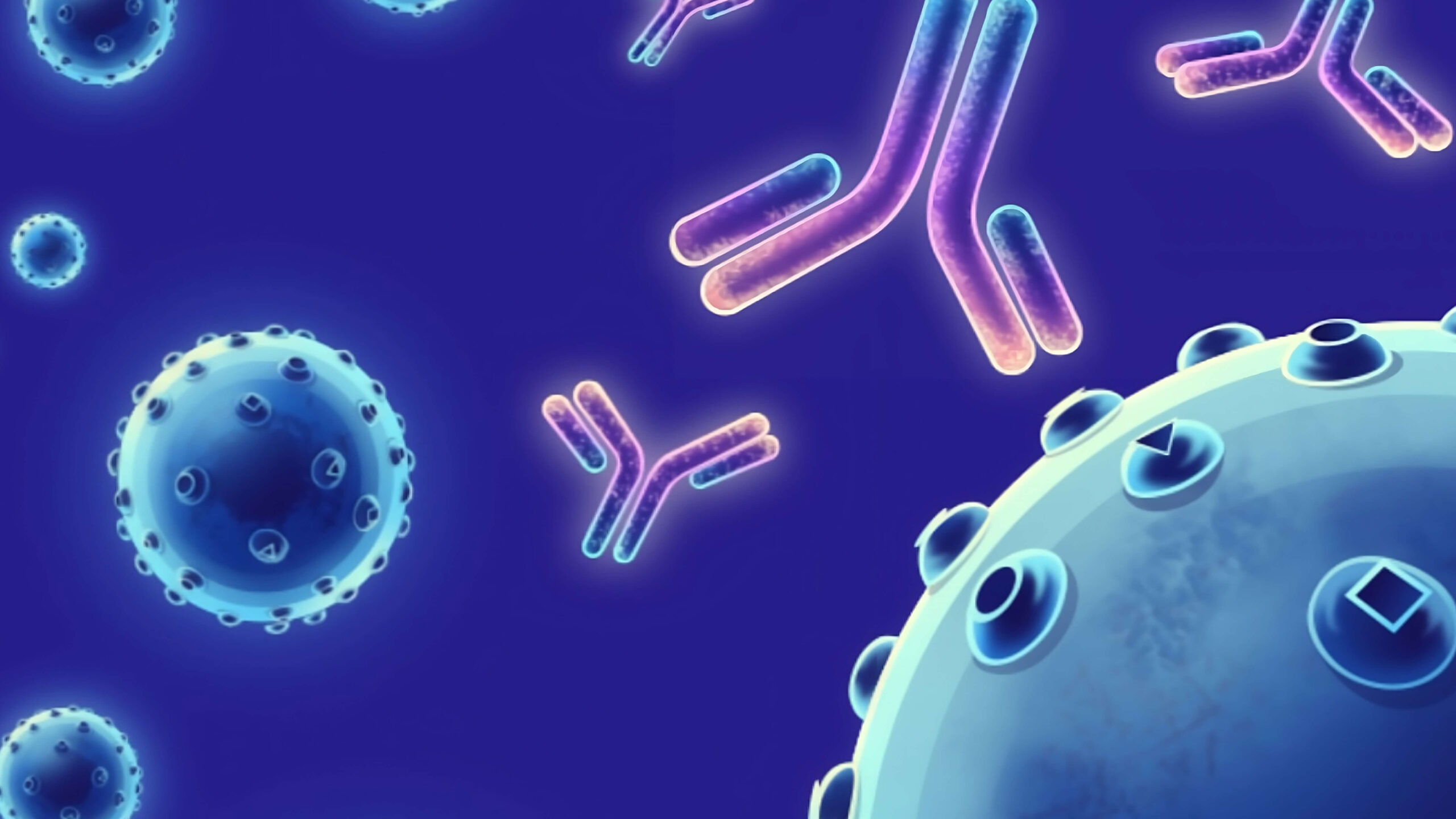Description
Shingles (Herpes zoster) is a painful, blistering rash caused by reactivation of latent varicella-zoster virus (VZV) and most frequently occurs in elderly and immunocompromised individuals. A recombinant glycoprotein E (gE) subunit vaccine was developed to overcome the unmet medical need for a better vaccine. The subunit vaccine consists of the recombinant VZV gE and the AS01B Adjuvant System. gE was selected as the vaccine antigen because it is the most abundant glycoprotein expressed by VZV-infected cells and it induces both neutralizing antibody and CD4 T-cell responses. VZV gE protein is essential for viral replication. Targeted mutations of gE that are compatible with VZV replication in cultured cells have varying phenotypes in skin and T-cell xenografts in the SCID mouse model of VZV pathogenesis in vivo.
Target
VZV
Isotype/Mimetic
Human IgG1
Animal-Derived Biomaterials Used
No
Sequence Available
Yes
Original Discovery Method
Unknown
Antibody/Binder Origins
Animal-free discovery, Unknown discovery source/method, In vitro recombinant expression, Animal-derived biomaterials used in production or final formulation

